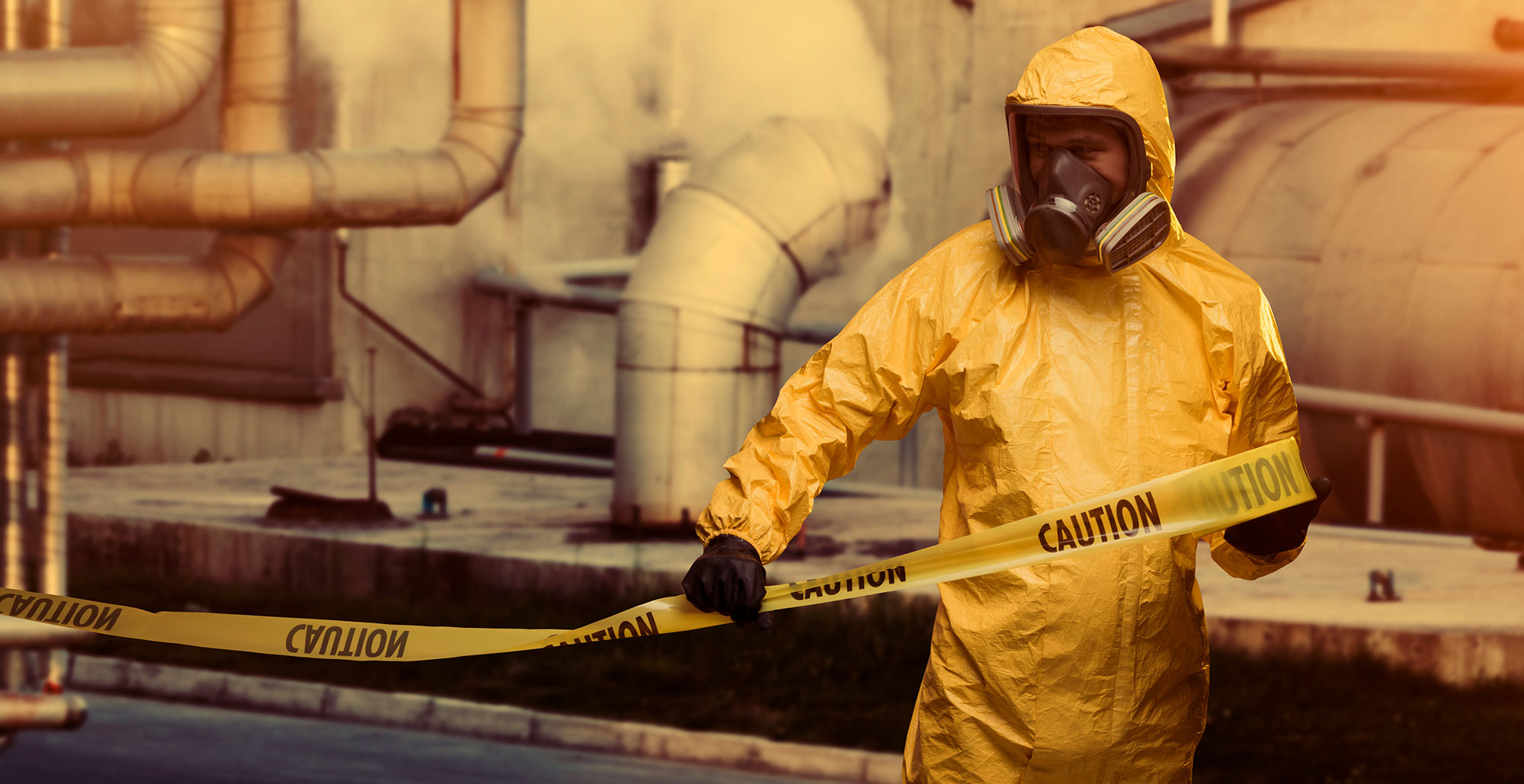
Managing drums and containers at a HAZWOPER site: Best practices
Appropriate drum or container management on a site that’s undergoing HAZWOPER operations is key to avoiding incidents that can lead to ruptured drums or containers leaking hazardous substances. Contaminated soils and hazardous substances, liquids, and other residues, as well as buried or aboveground containers or drums, must be handled, transported, labeled, and disposed of in accordance with the HAZWOPER standard found at 29 Code of Federal Regulations (CFR) 1910.120(j).
Adhering to the management procedures outlined below will help ensure safety and regulatory compliance during hazardous waste cleanup activities.
Management standards
Waste in drums and containers used during cleanup must meet appropriate U.S. Department of Transportation (DOT), Occupational Safety and Health Administration (OSHA), and/or Environmental Protection Agency (EPA) regulations as follows:
Inspections
Inspect drums and containers and ensure their integrity before they’re moved. If this isn’t possible because of storage conditions (e.g., buried beneath the earth, stacked behind other drums), move them to an accessible location, and inspect them before further handling.
Labels
Assume unlabeled or unclearly labeled drums and containers contain hazardous substances and handle them accordingly until their contents are positively identified and labeled.
Site organization
Organize site operations to minimize the amount of drum or container movement.
Information for employees
Before moving drums or containers, warn employees who will be exposed to the transfer operation of the potential hazards associated with the contents of the drums or containers.
Spills
Keep and use DOT-specified salvage drums or containers and suitable quantities of proper absorbent in areas where leaks or ruptures may occur. Where major spills may occur, implement your HAZWOPER spill containment program. For additional and detailed information about avoiding spills, ruptures, and leaks, review 29 CFR 1910.120(j)(1)(viii) to (xii).
Procedures to follow when opening drums and containers
- Open drums and containers so that excess interior pressure is safely relieved. If pressure can’t be relieved from a remote location, place appropriate shielding between the employee and the drums or containers.
- If an airline respirator system is used, protect connections to the source of air supply from contamination and the entire system from physical damage.
- Locate controls for drum- or container-opening equipment, monitoring equipment, and fire suppression equipment behind the explosion-resistant barrier.
- When there’s a reasonable possibility of flammable atmospheres being present, select the type of material-handling equipment and hand tools that will prevent sources of ignition.
- Employees must not stand on or work from drums or containers.
- If employees must work near drums or containers that are being opened, place a suitable shield that doesn’t interfere with the work operation between the employees and the drums or containers.
- Employees not actually involved in opening drums or containers must keep a safe distance from the drums or containers being opened.
Tank and vault procedures
Tanks and vaults containing hazardous substances must be handled in a manner similar to that for drums and containers. See 29 CFR 1910.120(j)(9) for more information.
Special precautions
- Material-handling equipment: Select, position, and operate material-handling equipment used to transfer drums and containers to minimize sources of ignition related to the equipment from igniting vapors released from ruptured drums or containers.
- Radioactive wastes: Don’t handle drums and containers containing radioactive wastes until their hazard to employees is properly assessed.
- Shock-sensitive wastes: Take the special precautions outlined in 29 CFR 1910.120(j)(5) when drums and containers containing, or suspected of containing, shock-sensitive wastes are handled.
- Laboratory waste packs: Drums and containers containing packaged laboratory wastes are considered to contain shock-sensitive or explosive materials and must be handled until they’ve been characterized. See 29 CFR 1910.120(j)(6) for more information.
- Sampling drum and container contents: Sample containers and drums in accordance with a sampling procedure that’s part of the employer’s site-specific safety and health plan developed for and available to employees and others at the worksite.
Shipping requirements for drums and containers
- Identify and classify drums and containers before packaging for shipment.
- Keep drum or container staging areas to the minimum number necessary to identify and classify materials safely and prepare them for transport.
- Provide staging areas with adequate access and egress routes for employees.
- Bulking hazardous wastes is allowed only after making a thorough characterization of the materials.
Key takeaways
Proper drum and container management on HAZWOPER sites is crucial for ensuring workplace safety, regulatory compliance, environmental protection, and operational efficiency. Effective management practices help mitigate the risks associated with hazardous materials, safeguarding workers, the surrounding community, and the environment.
By following established safety protocols, such as proper labeling, inspection, storage, and disposal of hazardous waste, sites can prevent spills, leaks, and accidents that could lead to harmful exposures or contamination. Additionally, adhering to the HAZWOPER regulations (29 CFR 1910.120) ensures compliance with OSHA, EPA, and DOT standards, reducing the likelihood of costly fines, legal liabilities, and operational disruptions. Ultimately, proper drum and container management not only protects human health and the environment but also improves the efficiency of site operations, reducing waste, downtime, and operational costs.




